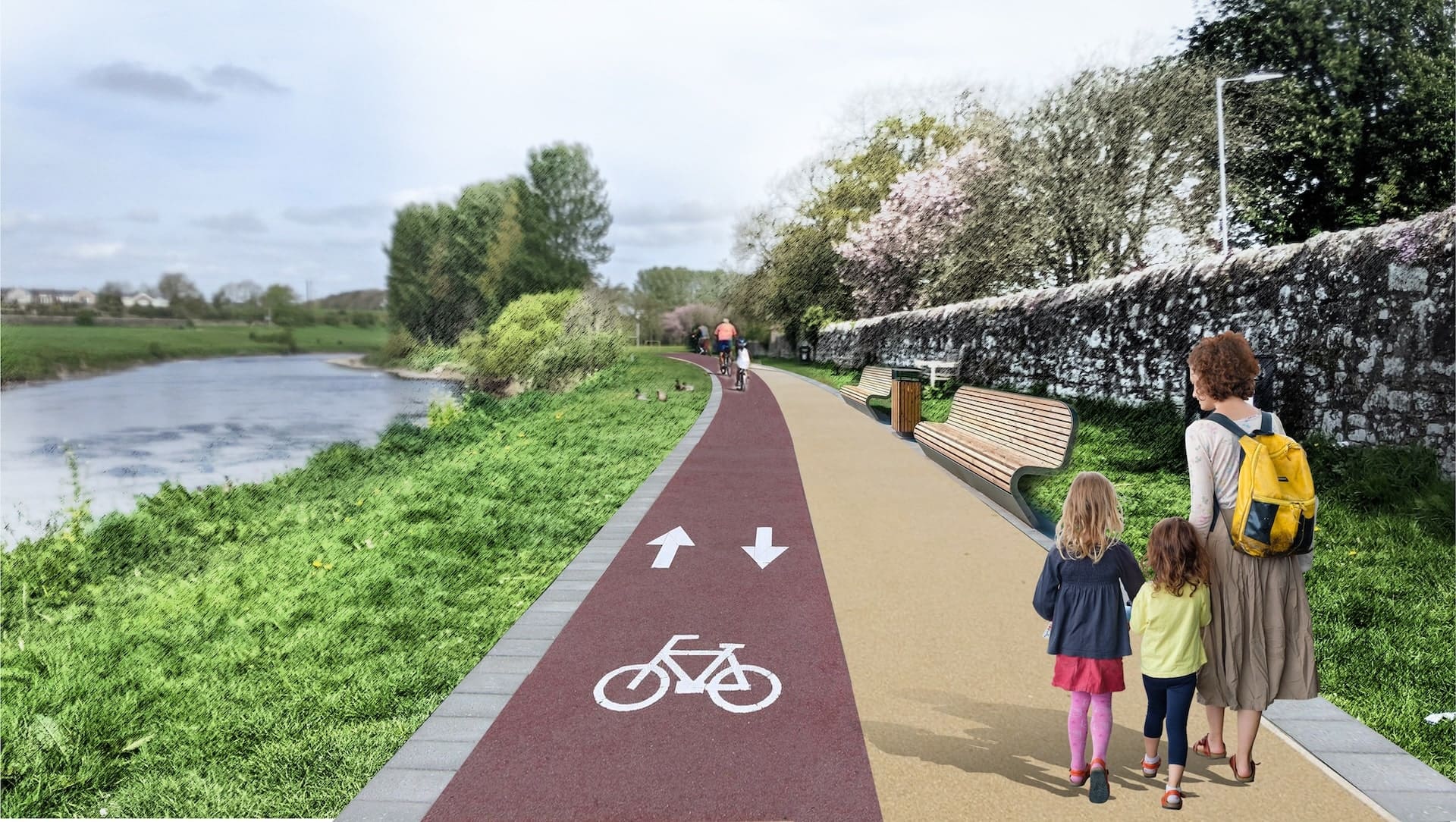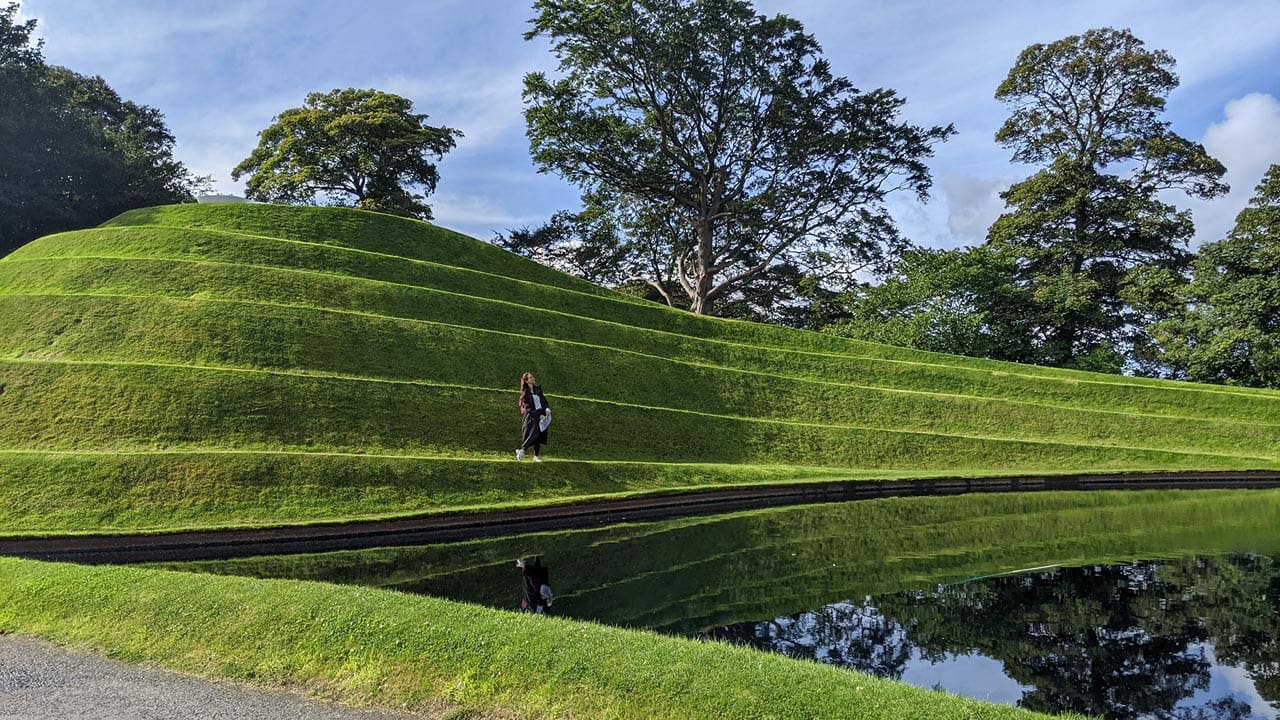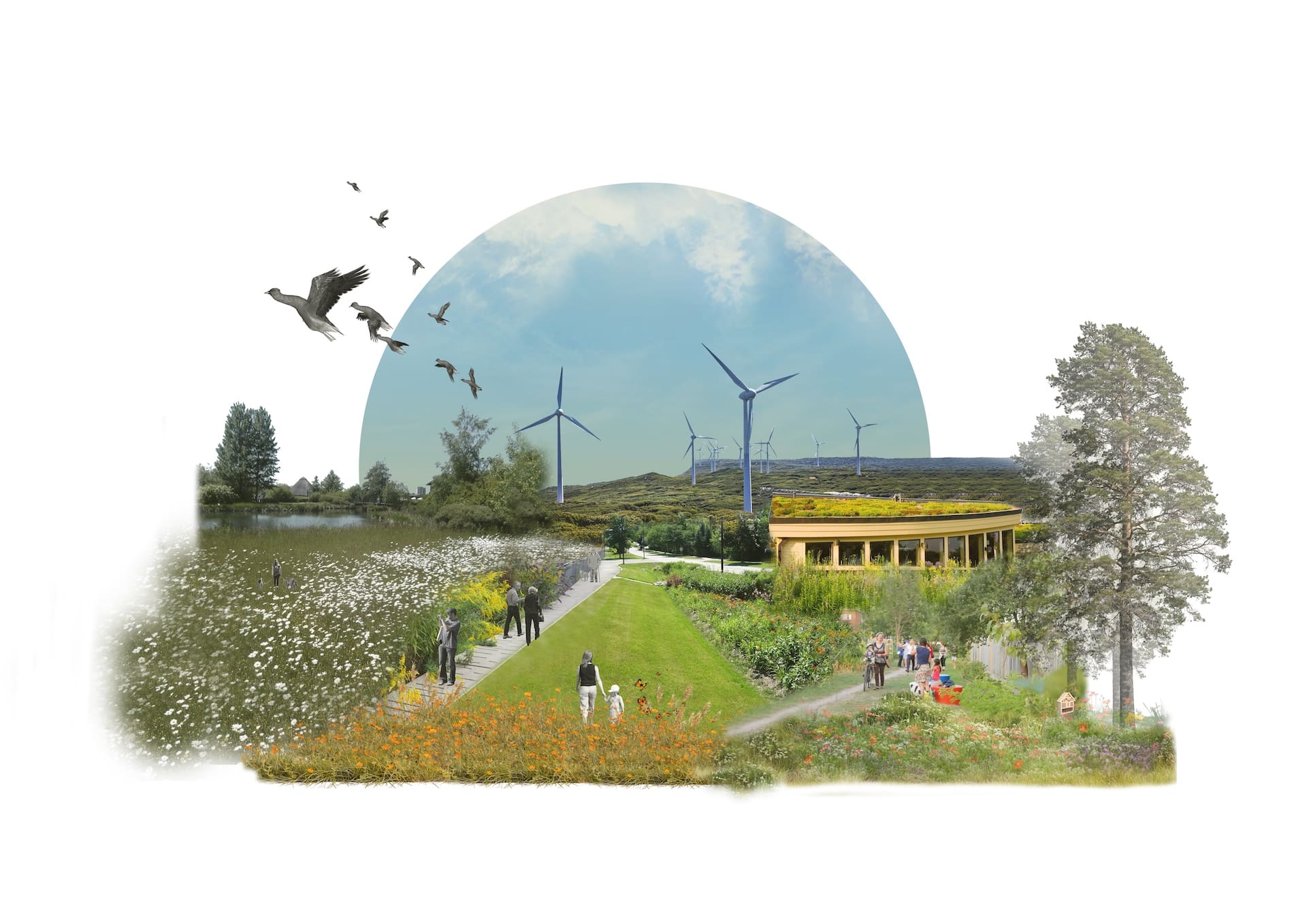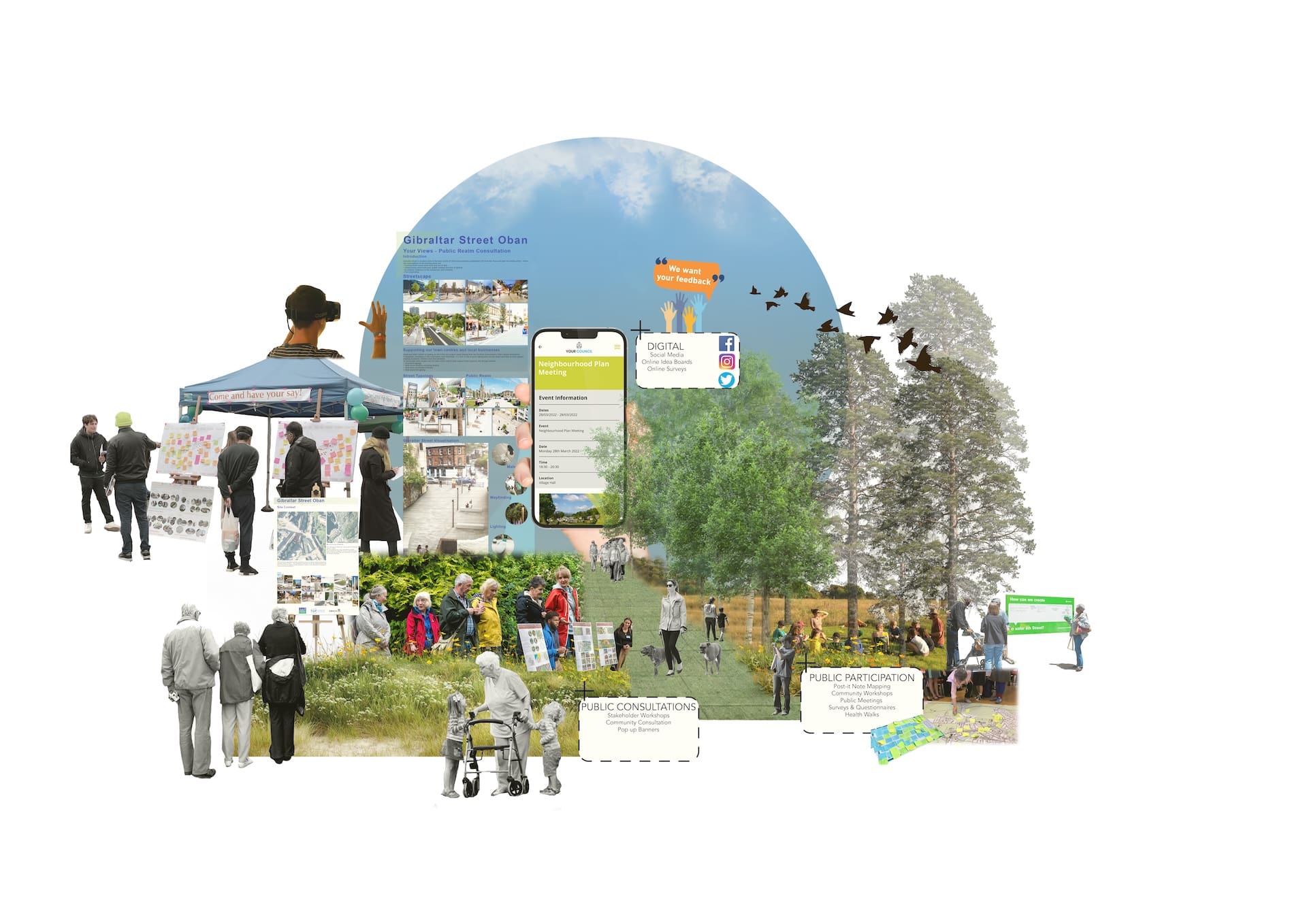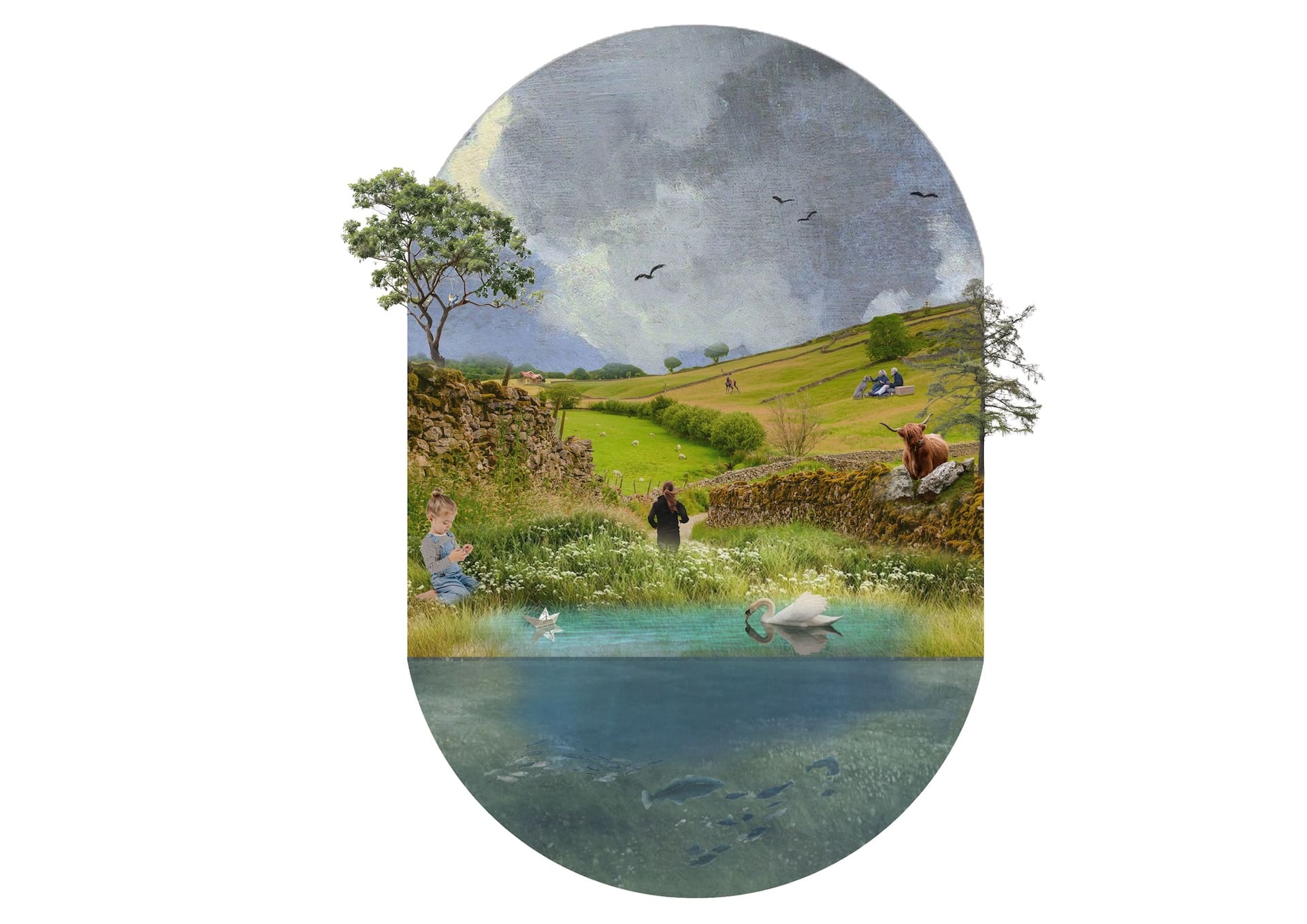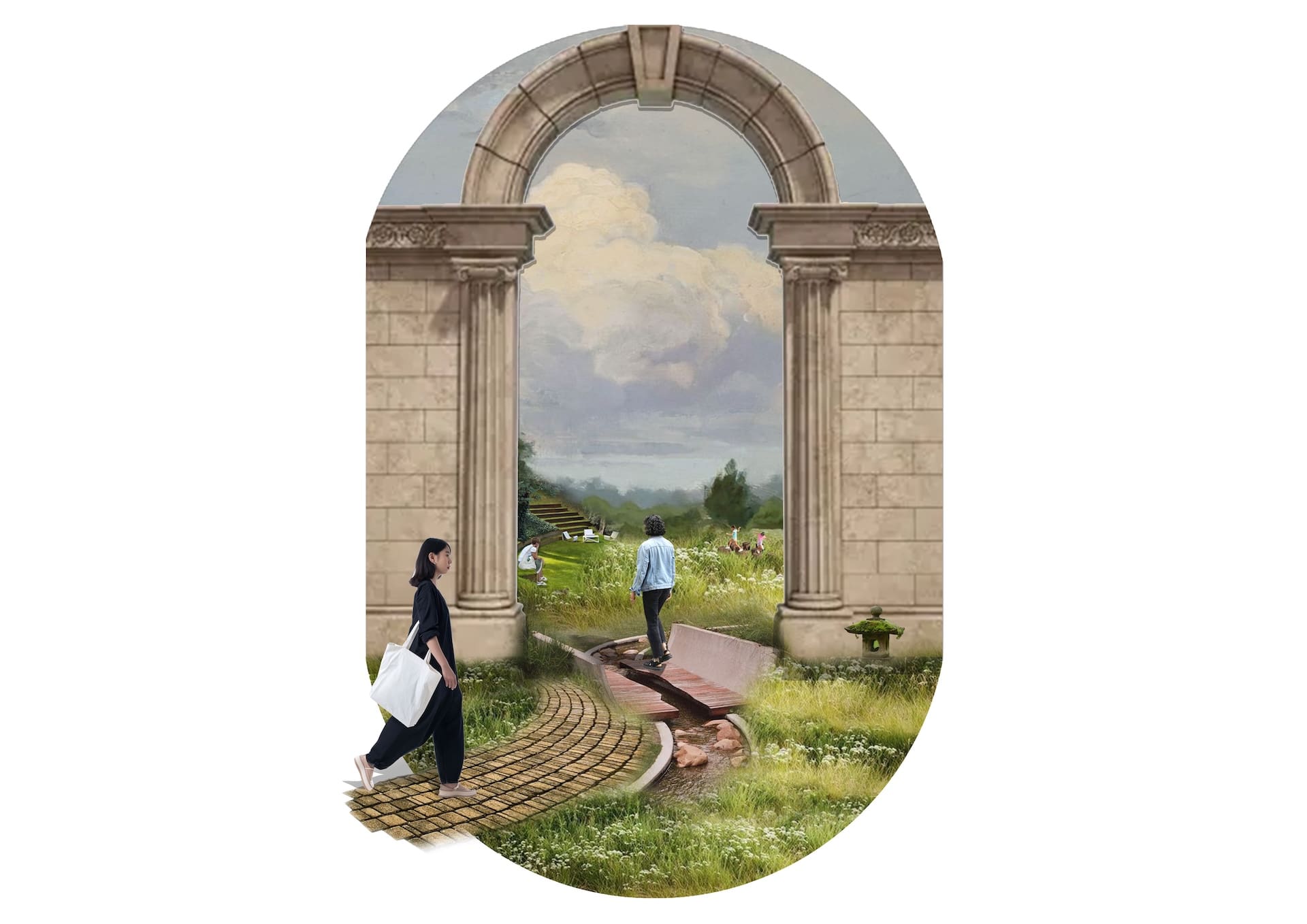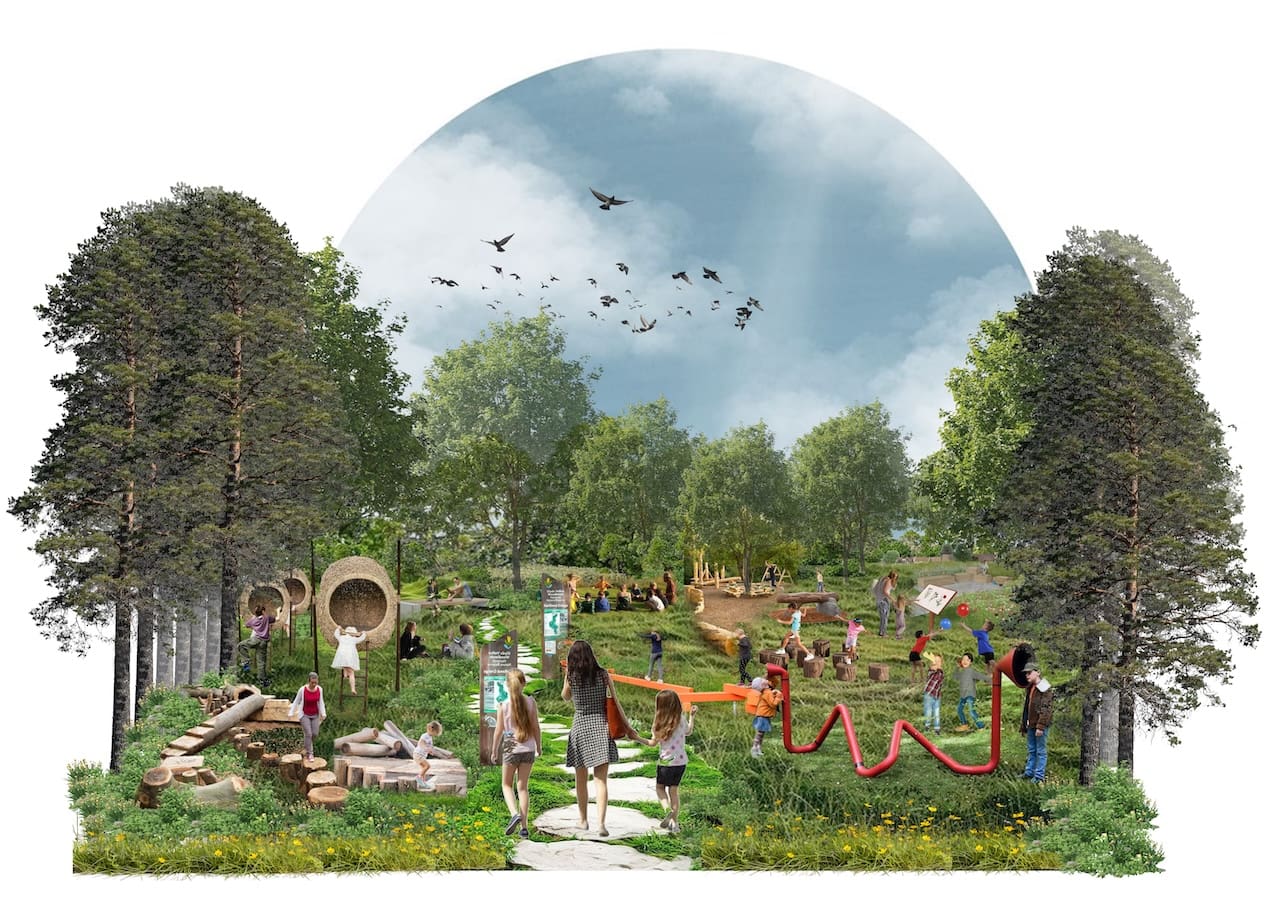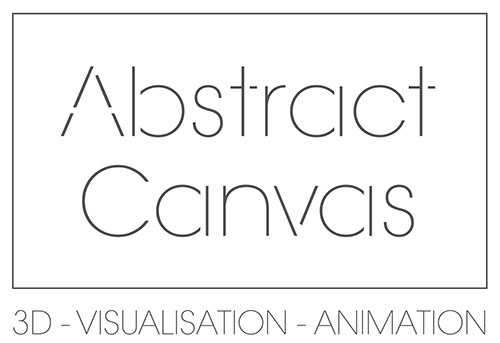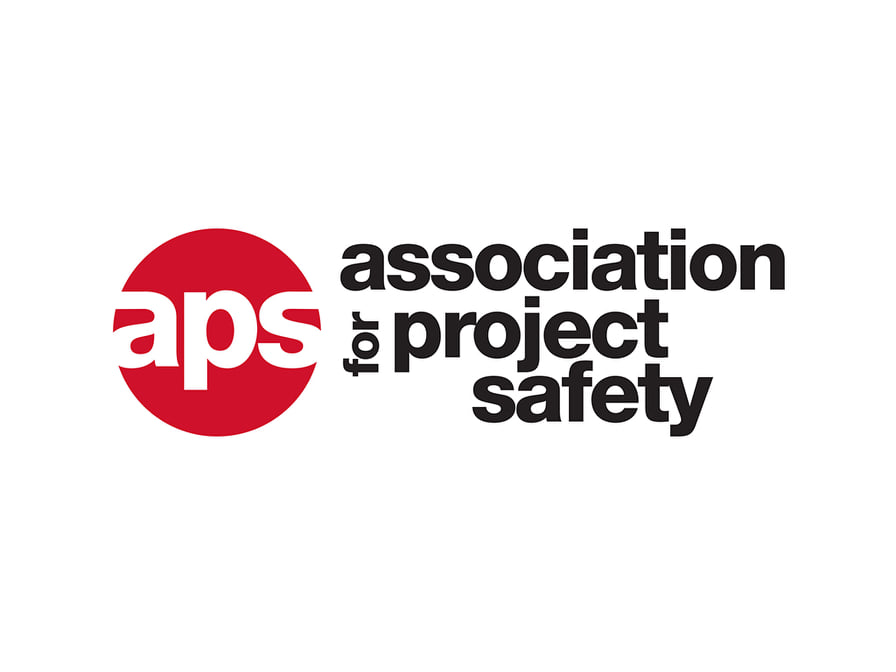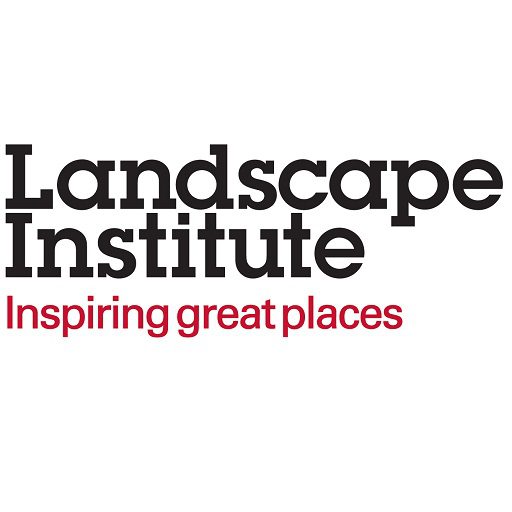At TGP, our goal is to transform a space with the skills and expertise we have in our team. Each of the projects we work on receives a totally bespoke solution that’s built with the end users in mind.
When it comes to active travel, this can vary depending on the location, the landscape users and the scope we’re presented with. But what actually is it?
What is active travel in landscape design?
Active travel isn’t just about adding a cycle route or planting some trees – it’s about creating healthier, sustainable communities with the future in mind.
It’s about a thoughtful approach to how the space can be used in the future, without being held back by the confines of the past.
Unlike the name might suggest, design for active travel isn’t just dedicated to methods of transportation. Yes, that’s often part of the brief, but not the all-encompassing goal.
Active travel infrastructures can be utilised to create sustainable communities that are accessible to everyone. This can involve anything from wide, well-lit pathways and dropped kerbs, to inclusive signage options and communal green spaces.
Across each of our active travel projects, TGP’s team focuses on encouraging healthier lifestyles with intuitive choices that make sustainable options the more desirable choice for landscape users.
What we do at TGP
At TGP, each of our projects is totally different.
We begin by identifying any existing problems and constraints, and how we can use these as springboards for opportunities for the future.
One such example was our work on the Herring Walk coastal promenade and heritage trail on the Isle of Barra. Key focuses throughout this project were safety and accessibility. We delivered a holistic approach that delivered both safer options for cyclists as well as more accessible routes for pedestrians across the walkway. Not only promoting safer routes, the new coastal pathway celebrates the local culture, taking inspiration from historical details and utilising these throughout the area.
The end result? Important community facilities like the school and local stores now have a direct active travel link that encourages the local community to make more sustainable choices on a daily basis. Thoughtful design choices allow users of the space to enjoy a welcoming outdoor environment that truly maximises the potential of the space.
Why active travel design matters
Designing landscapes with active travel as a key element of the project ensures we’re creating future-proofed solutions that cater to all users.
Safety and accessibility are two main factors of this. By following active travel principles in our projects and feasibility studies, TGP can create community spaces that are for all. Prioritising wider footpaths, enhanced lighting and connections between designated zones can improve connectivity whilst prioritising user safety and comfort at all times.
Improving areas with new green spaces can present new opportunities for local pride and community gathering, further enhancing the true collective spirit an area can provide. Our work on a Feasibility and Concept Design study for Annan town centre provided just this: safer connections, scenic viewpoints and a new identity that honours both the past and the future. WalkWheelCycleTrust, previously Sustrans, engaged with us on this project with the aim of increasing links to existing public transport options, allowing users to reduce their reliance on private transport, benefiting both locals and visitors alike.
At TGP, we believe that a sustainable future is a strong future, and we prioritise this whenever possible. With a thoughtful approach to each project we work on, we believe we can deliver positive impact on our green spaces and long-term results that benefit all.
